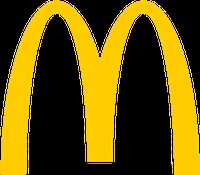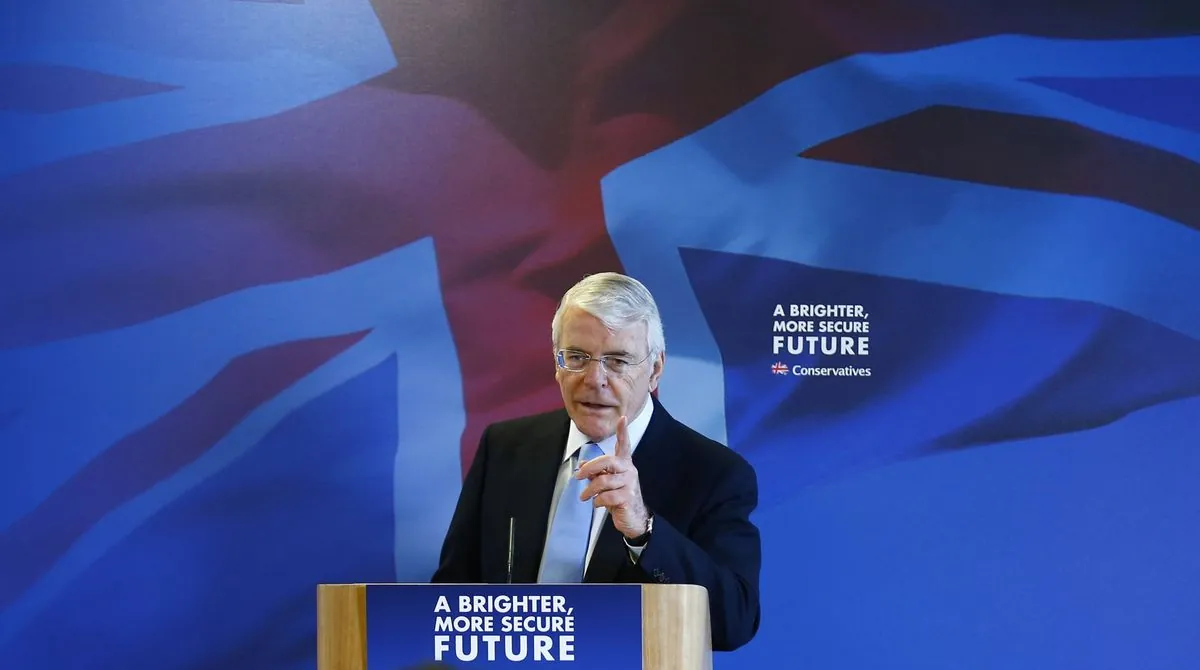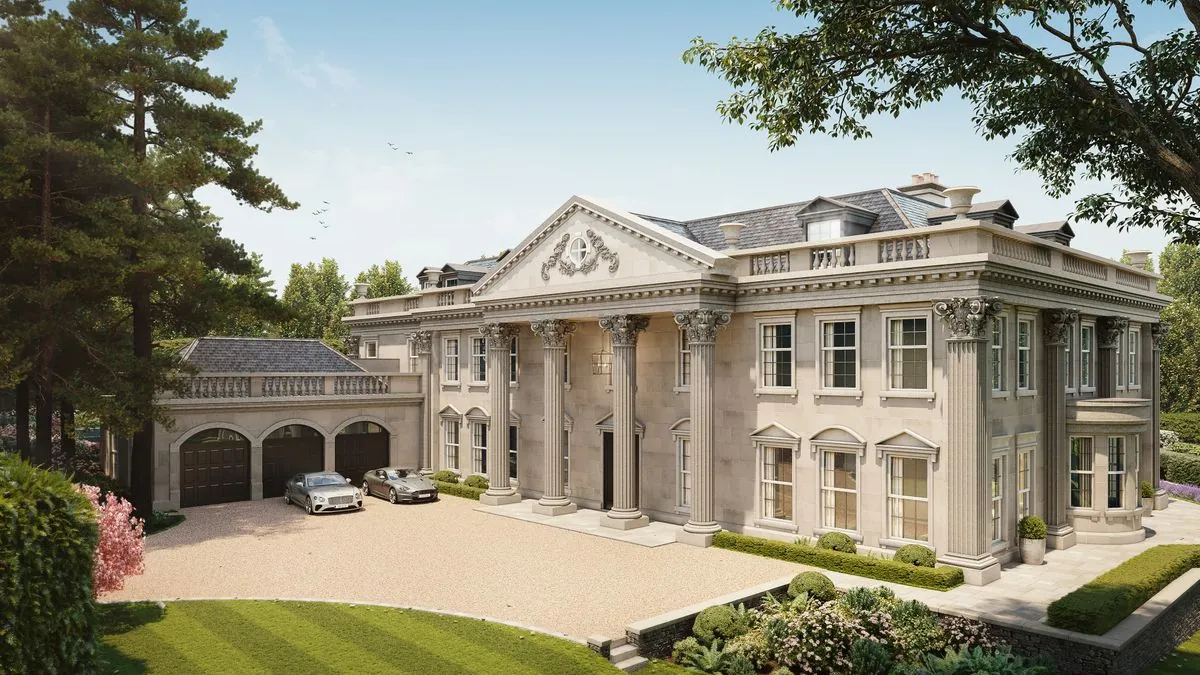Maximizing Junior ISAs: Expert Advice for Long-Term Growth
Explore strategies to enhance Junior ISA performance, including DIY investing, regular contributions, and diverse fund selection. Learn how to potentially boost returns for your grandchildren's financial future.

In the world of personal finance, planning for the future of younger generations is a priority for many families. A grandparent recently sought advice on improving the performance of Junior Individual Savings Accounts (JISAs) for their grandchildren, aged 12 and 10. This situation highlights the importance of strategic long-term investing for minors.
JISAs, introduced in the UK in 2011, offer a tax-efficient way to save for a child's future. With an annual allowance of £9,000 for the 2023/24 tax year, these accounts provide significant potential for growth. However, as the concerned grandparent noted, not all investment strategies yield satisfactory results.
The decision to transition from a wealth management organization to a DIY investment platform is a significant step. This move could potentially reduce fees and increase overall returns. Kyle Caldwell, funds and investment education editor at Interactive Investor, suggests that this change might provide an immediate boost to performance.
Caldwell emphasizes the importance of regular investing, also known as pound cost averaging. This strategy, introduced by Benjamin Graham in "The Intelligent Investor," involves consistent monthly contributions rather than lump-sum investments. For a JISA, this would mean investing £750 monthly to reach the full £9,000 annual limit.
"Rather than focus on the past, let's look to the future and how returns can potentially be boosted in the years to come. The first thing to note is that there is still plenty of time – your grandchildren are five and eight years away from the Jisa converting into an adult stocks and shares Isa account."
When considering fund choices, Caldwell recommends reviewing current holdings and potentially diversifying the portfolio. He suggests maintaining some "Steady Eddie" funds like City of London, JPM US Equity Income, and Liontrust Special Situations as core holdings to reduce volatility.
For potentially higher growth, emerging markets and Asian economies are worth considering. These regions, with their youthful demographics and expanding middle classes, offer promising long-term prospects. Funds like Pacific Assets, Jupiter India, or Fidelity China Special Situations could provide exposure to these markets.

It's crucial to remember that JISAs automatically convert to adult ISAs when the child turns 18. This transition provides an opportunity for the beneficiaries to continue investing or use the funds for significant life events, such as a property down payment. The average age of first-time property buyers in the UK is 32, highlighting the potential impact of long-term JISA investments.
Involving the grandchildren in investment discussions could spark their interest in finance and potentially lead to small holdings in individual stocks based on their interests. This approach not only educates them about investing but also aligns the portfolio with emerging trends they might identify.
The power of compound interest, described by Albert Einstein as the "eighth wonder of the world," underscores the importance of starting early and maintaining consistent investments. Over the long term, the UK stock market has delivered an average annual return of around 7%, illustrating the potential for significant growth over a child's formative years.
By combining a DIY approach, regular investing, diversified fund selection, and involving the younger generation, families can work towards maximizing the potential of Junior ISAs. This strategy not only aims for financial growth but also fosters financial literacy and responsibility in the next generation.


































